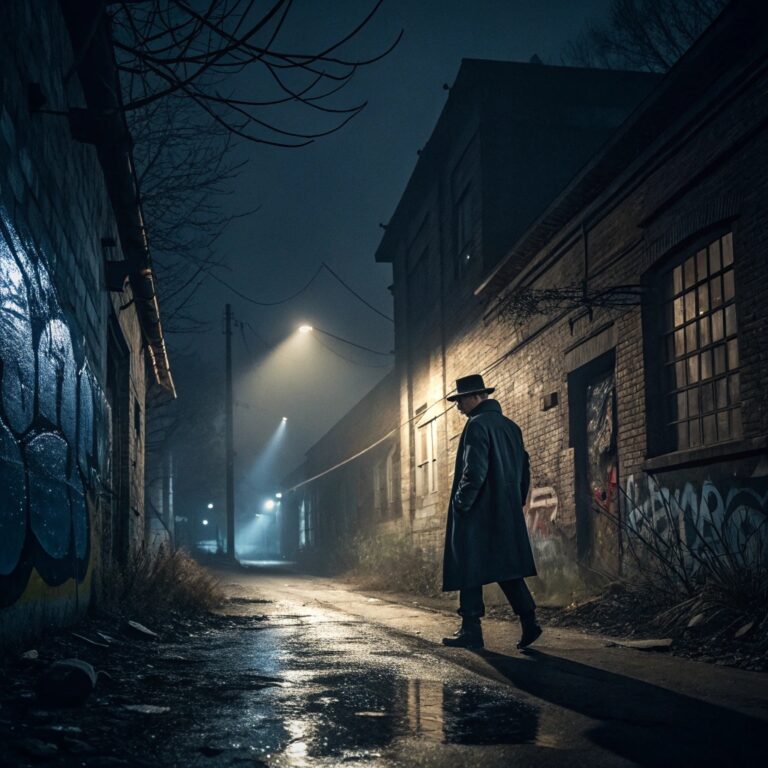
The crime genre weaves together both real and fictional stories of criminal activities, investigations, and the pursuit of justice. It encompasses a wide range of narratives, from gripping true crime accounts and real-life investigations to suspenseful fiction where detectives pursue criminals in high-stakes scenarios.
At its core, the crime genre explores:
From justice to human nature and society’s response to crime, this genre captivates readers by delving deep into the complexities of law, order, and morality. With its built-in tension, mystery, and conflict, crime stories often lead to a powerful resolution, where justice is served or order is restored.
Writing crime fiction requires crafting a gripping story that keeps readers on the edge of their seats. From building intriguing characters to weaving in unexpected twists, each step is crucial to creating a compelling narrative. Here’s a step-by-step guide to help you get started on your crime fiction journey.
Some of the most iconic books in the crime genre have gripped readers for decades with their twisting plots and unforgettable characters. Here are a few classics
The Godfather by Mario Puzo
Did you know? Mario Puzo wrote The Godfather o ver a period of just six weeks, fueled by his desire to pay off debts. The novel’s portrayal of the Mafia family has since become a cultural touchstone, influencing countless films and TV shows.
The Big Sleep by Raymond Chandler
Did you know? This hard-boiled detective novel introduced the world to Philip Marlowe, whose sharp wit and moral code helped define the noir genre. Chandler’s richly atmospheric writing style paints a dark, moody Los Angeles unlike any other.
Gone Girl by Gillian Flynn
Did you know? Flynn’s psychological thriller took readers by storm, twisting the unreliable narrator trope to new heights. The novel’s intense portrayal of a marriage gone wrong turned it into a bestseller and a hit film adaptation.
The Girl with the Dragon Tattoo by Stieg Larsson
Did you know? Larsson’s novel launched the global phenomenon of the Millennium series. Its fierce protagonist, Lisbeth Salander, challenged stereotypes of female heroes in crime fiction and sparked conversations about justice and power.
In Cold Blood by Truman Capote
Did you know? Capote’s groundbreaking true crime narrative pioneered the “nonfiction novel” style. His meticulous interviews and literary storytelling turned the chilling 1959 murders into a haunting exploration of American life and violence.
Focuses on the step-by-step process of solving a crime, often through the eyes of law enforcement officers, using realistic methods and techniques.
Example: The Cuckoo’s Calling by Robert Galbraith.
A lighthearted mystery genre often set in small communities, with an amateur sleuth solving crimes, typically without graphic violence.
Example: The No. 1 Ladies’ Detective Agency by Alexander McCall Smith.
Features tough, cynical detectives or private investigators who navigate gritty, morally ambiguous worlds, often with dark, violent themes.
Example: The Maltese Falcon by Dashiell Hammett.
A dark, pessimistic genre set in urban environments, often featuring morally ambiguous characters and a sense of fatalism, where crime and corruption prevail.
Example: Double Indemnity by James M. Cain.
Set in a specific historical period, these crime novels weave real events and settings with fictional investigations and mysteries.
Example: The Name of the Rose by Umberto Eco.

Ready to share your story?
Tell us what you need—we’ll help bring your book to life.
